|
|
| |
|
|
 |
| |
| |
|
Intermediate |
|
| |
|
|
Miscellaneous
Tips and Tricks For QuarkXPress™ - Part Two |
 |
|
|
|
|
|
|
Tip No. 11
Now, pay attention to this next one...
One of the main purposes of a page layout program and
what differentiates it from modern wordprocessors that
allow compositions using text and graphics (like Microsoft®
Word) is that a page layout program allows precise
placement of text and graphics. Oftentimes, you may
find yourself repositioning lines by themselves or groups
of lines and other objects.
The following examples show the difference in the coordinates
in the Measurements palette when a line is selected vs.
when a line plus another object is selected. Knowing how
Quark™ handles this and other such subtleties can
make the difference between making a professional or an
amateurish layout.
In the example below, a horizontal line having an 8-point
thickness is selected. Notice the y-coordinate in the
Measurements palette (78 pt).
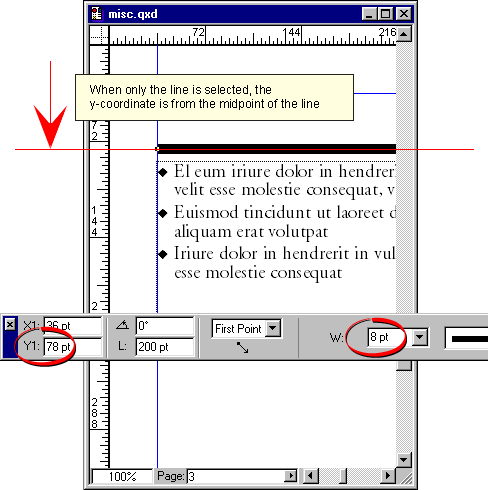
Next, Shift-Click to select the text box with the line.
Notice how the y-coordinate in the Measurements palette
has changed from 78 points to 74 points. Why is this?
When a line is selected by itself, the Measurements are
made from the midpoint of the line (see
Tip No. 4). However, when a line is selected as part
of a group (or a multiple selection), the measurements
are made from the outside edge of the line.
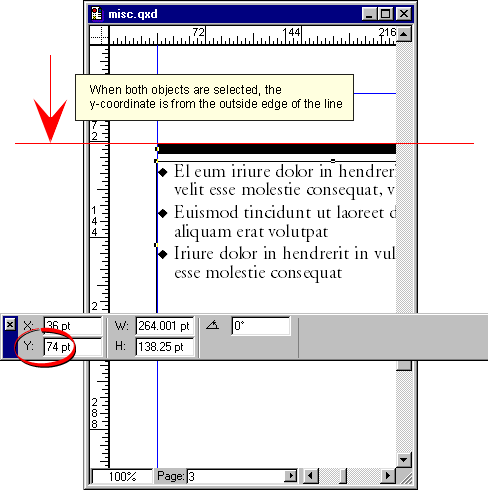
In this case, there is a difference of 4 points from outside
edge of the line to the midpoint of the line because the
line width is 8 points. This is a noticeable difference,
but with lines having smaller widths (such as 1-point)
you may or may not notice that something is not right
with your layout. The principle extant here applies to
vertical as well as horizontal lines, so x-coordinates
can be affected as well.
Tip No. 12
By now, some of you may realize how to use the principle
in the previous tip to create lines with mitered corners.
Following is the step-by-step procedure:
1. Draw first line and snap to
guide.
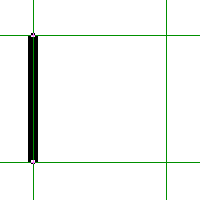 |
2. Draw text box and select it
and line together then drag until
edge of line snaps to guide.
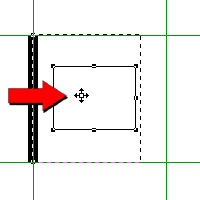 |
3. Draw second line and snap to
guide.
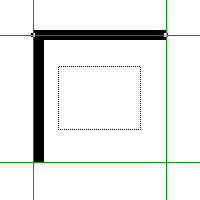 |
4. Select it and text box and drag
until edge of line snaps to guide.
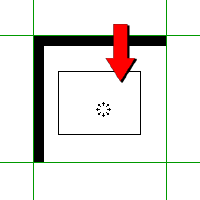 |
For a mitered corner only, you can quit at step 3 above.
Step 4 is thrown in to show how to confine the edges of
the lines to the page guides. The text box is a temporary
object used to reposition the line and can be deleted
when you have finished. Impress your friends with that
one...and don't forget you saw it here at Mike's
Sketchpad first!
Tip No. 13
For picture boxes containing grayscale or true color images
(RGB or CMYK) and which do not use clipping paths, set
them up with a white background. Do not set them up with
a background color of "None". The reason
is that Linotronic imagesetters and other high-end output
devices cannot differentiate the edges of the image from
the background. The background pixels need to be mapped
like any other pixel in the image. Click
here to setup the picture box creation tools so all picture
boxes have a white background by default.
Output results of picture box with
a white background...
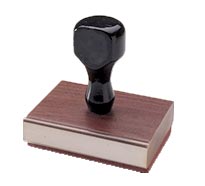 |
Output results of picture box with
a background of "None"...
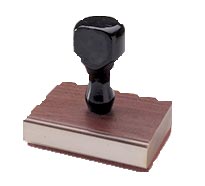 |
Notes:
a.) The background color of a picture box containing a
black and white (1-bit) image can be set to "None".
b.) If a clipping path is used, version 4.x of QuarkXPress
will automatically set the background to "None".
c.) If you are using a clipping path with an earlier version
of QuarkXPress, the image must be an EPS file saved with
a clipping path and you have to manually set the background
color of the picture box to "None".
Click
Here To Continue...
|
|
 |
 |
 |
| |
Previous
Home
Contact Mike
Related Sites
Next
Copyright
© 1998-2016 Mike Doughty, All Rights Reserved Legal
Notices
Page Last Revised: October 26, 2016
Privacy Policy
|
|
|
|
|
|
|
|